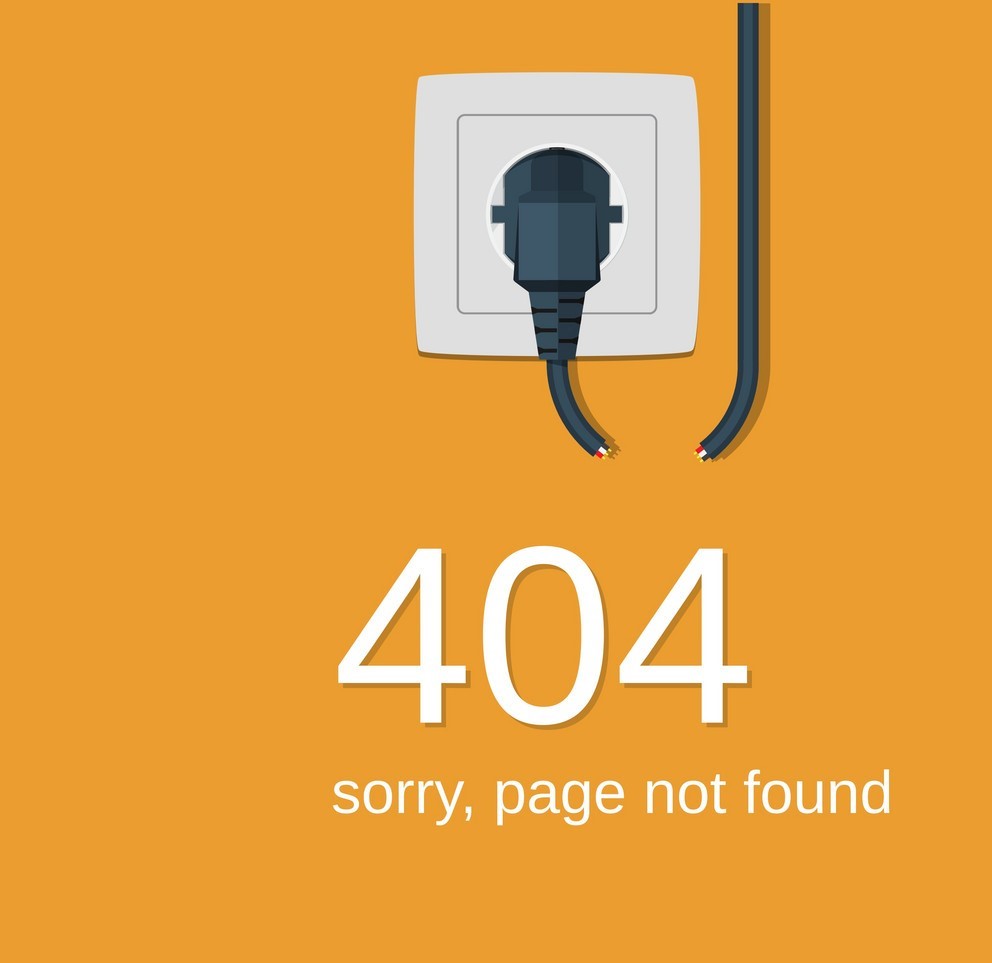- Connect
-
-
-
-

Sorry for the inconvinience
The page you're trying to find doesn't seem to exist
Lets connect on
Connect with us on Facebook
Connect with us on Twitter
Connect with us on Youtube
Connect with us on LinkedIn
Connect with us on Instagram
Connect with us on Quora
Connect with us on Telegram
Request a callback
Email Us
Contact Us
Whatsapp Us
Scroll To Top

